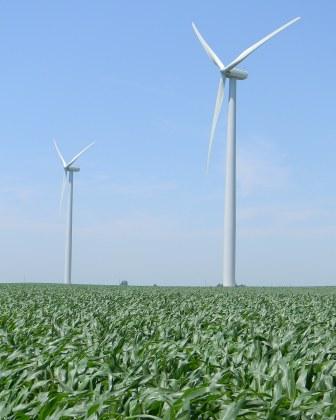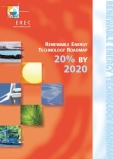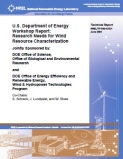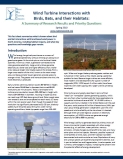
Contact Us
Questions and comments can be directed to windscience@iastate.edu.
|
Government & Industry Reports
 |
20% Wind Energy by 2030
U.S. Department of Energy
This report examines some of the costs, challenges, and key impacts of generating 20% of the nation's electricity from wind energy in 2030. Specifically, it investigates
requirements and outcomes in the areas of technology, manufacturing, transmission and integration, markets, environment, and siting.
|
 |
1.5 MW Wind Turbine
General Electric
As a leading global provider of energy products and services, GE continues to invest in advancing its 1.5 MW wind turbine product platform. With a core focus on enhancing
efficiency, reliability, site flexibility and delivering multi-generational product advancements, GE's 1.5 MW wind turbine is the most widely used turbine in its class. Our
commitment is to fully understand our customer's needs and respond with new technology enhancements aimed at capturing maximum wind energy to deliver additional return on
investment.
|
 |
Renewable Energy Technology Roadmap - 20% by 2020
European Renewable Energy Council
In March 2007, the Heads of States and Governments of the 27 EU Member States adopted a binding target of 20% renewable energy from final energy consumption by 2020.
Combined with the commitment to increase energy efficiency by 20% until 2020, Europe's political leaders paved the way for a more sustainable energy future for the
European Union and for future generations.
|
 |
U.S. Department of Energy Workshop Report: Research Needs for Wind Resource Characterization
National Renewable Energy Laboratory
However, one major theme that emerged from the workshop was that continued progress in wind energy technology would require interdisciplinary unification with the
atmospheric sciences to exploit previously untapped synergies.
|
 |
Wind Turbine Interactions with Birds, Bats, and their Habitats: A Summary of Research Results and Priority Questions
National Wind Coordinating Collaborative
This fact sheet summarizes what is known about bird and bat interactions with land-based wind power in North America, including habitat impacts, and what key questions
and knowledge gaps remain.
|
Back to Resources page
|


